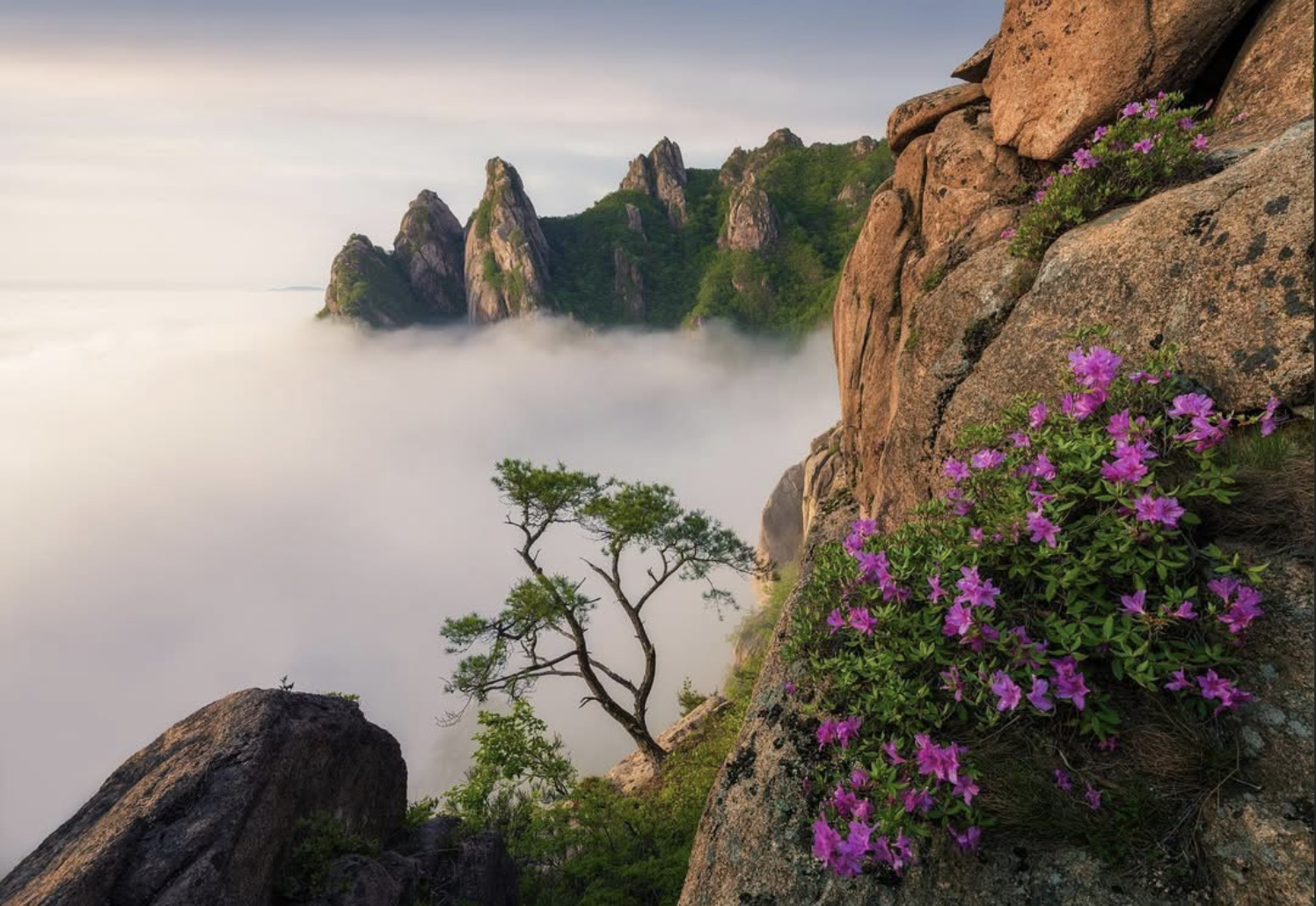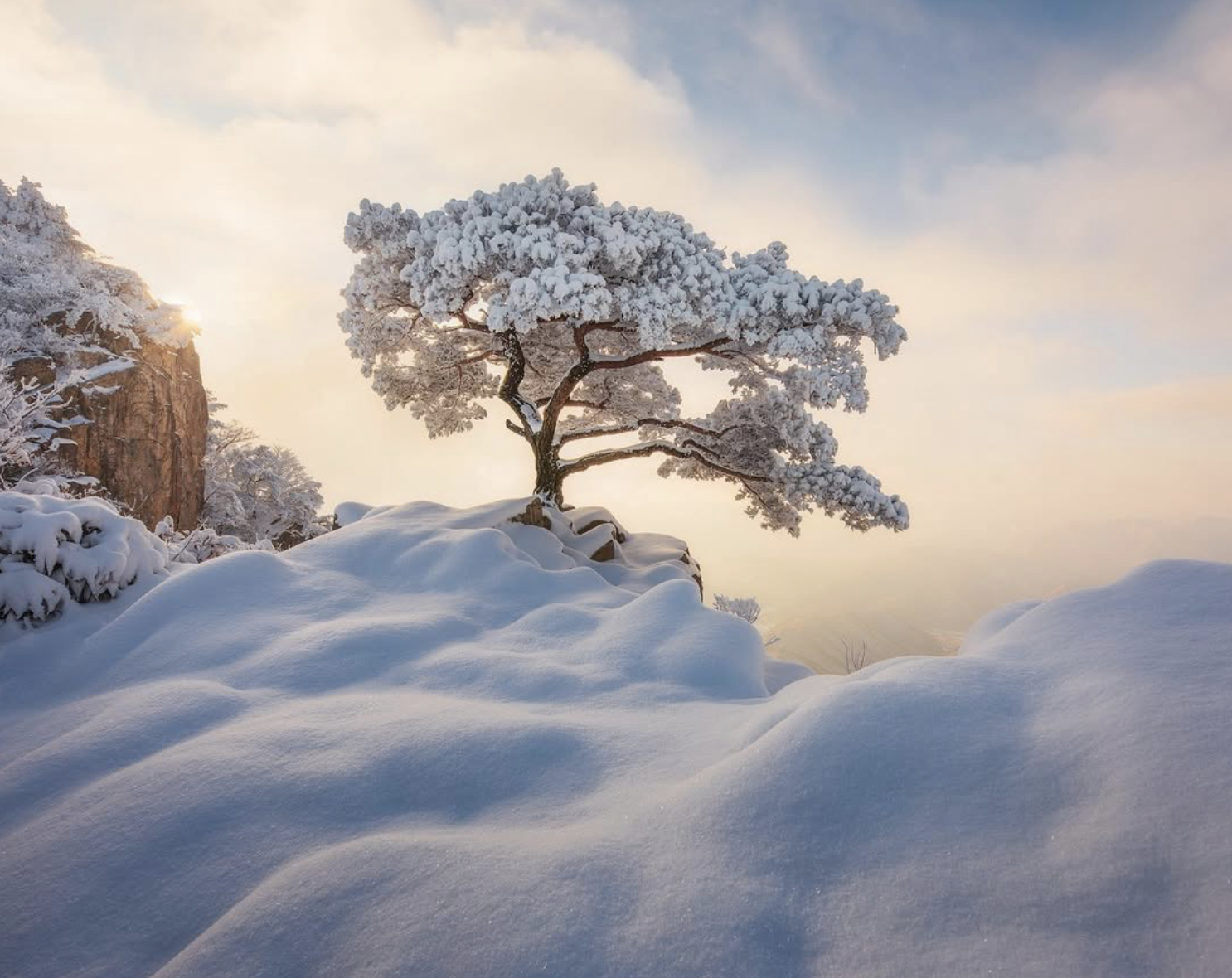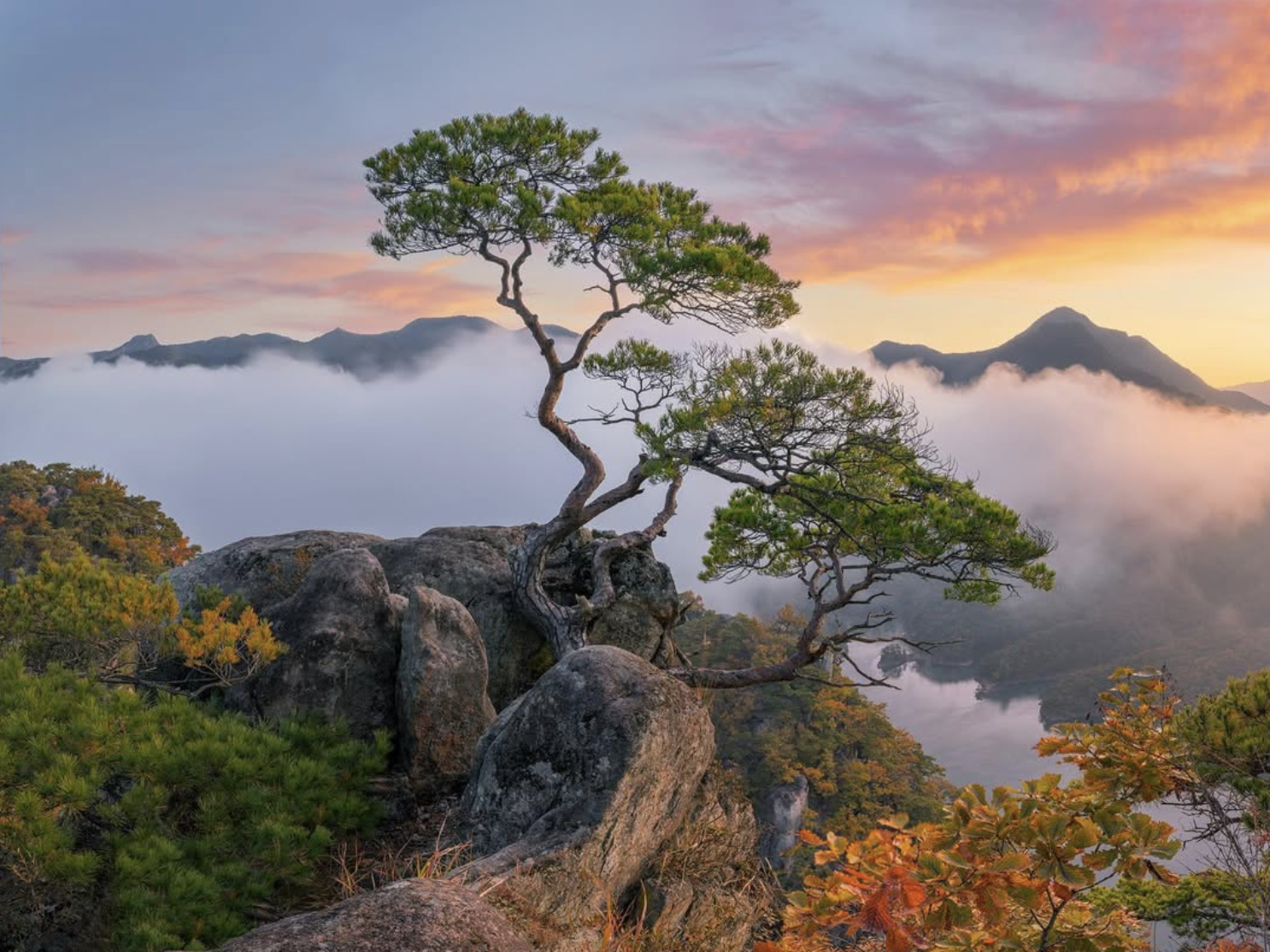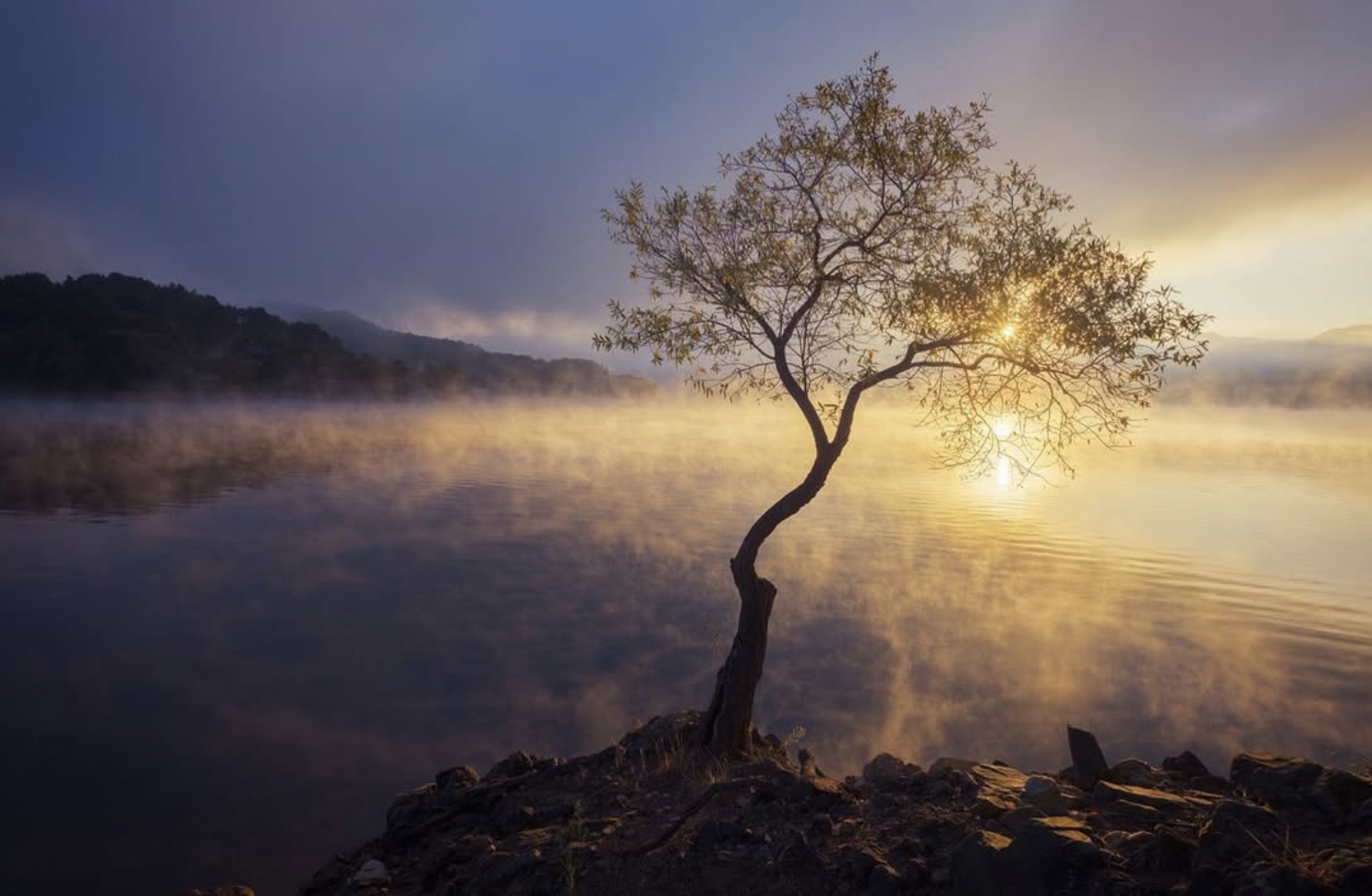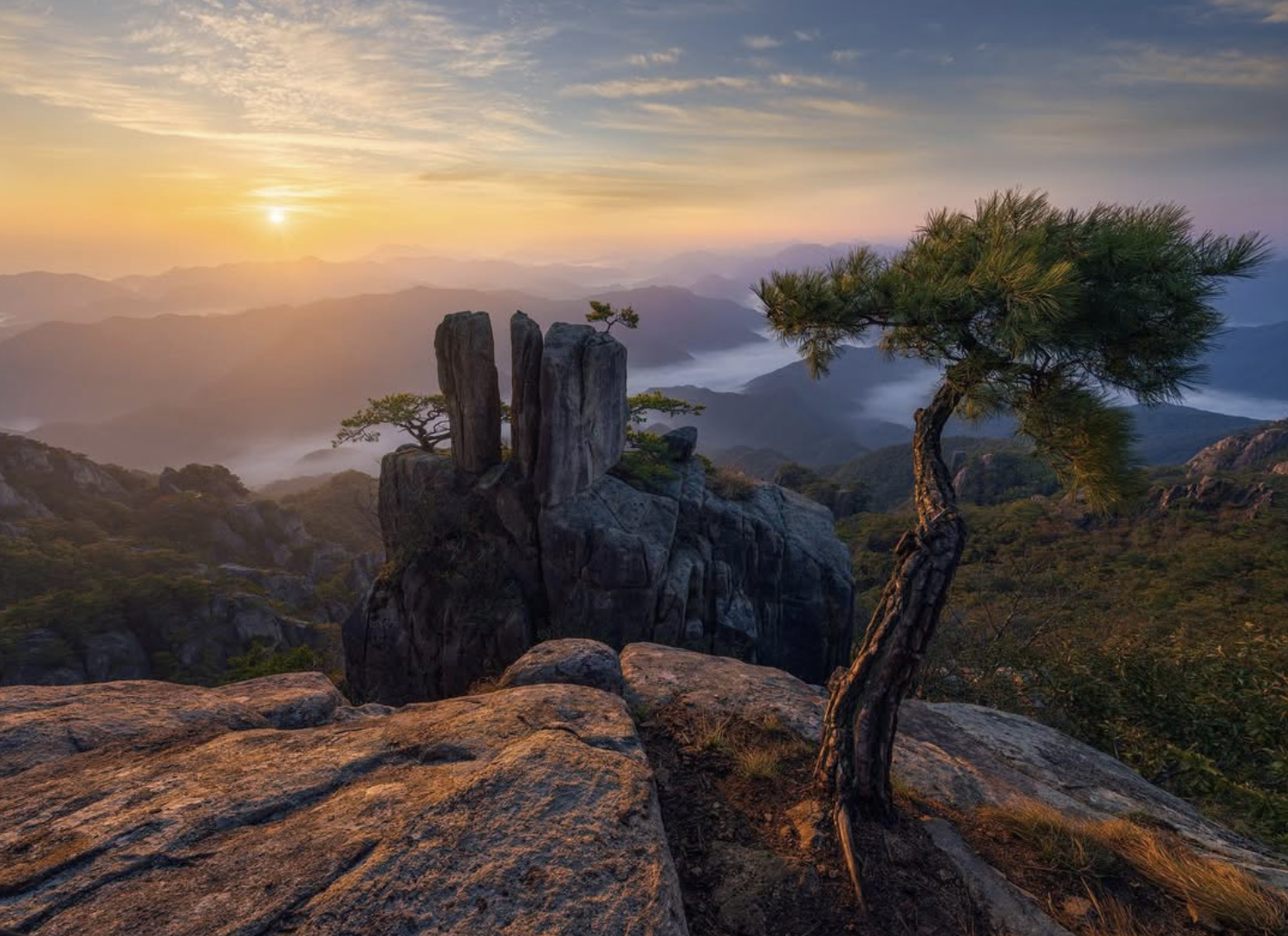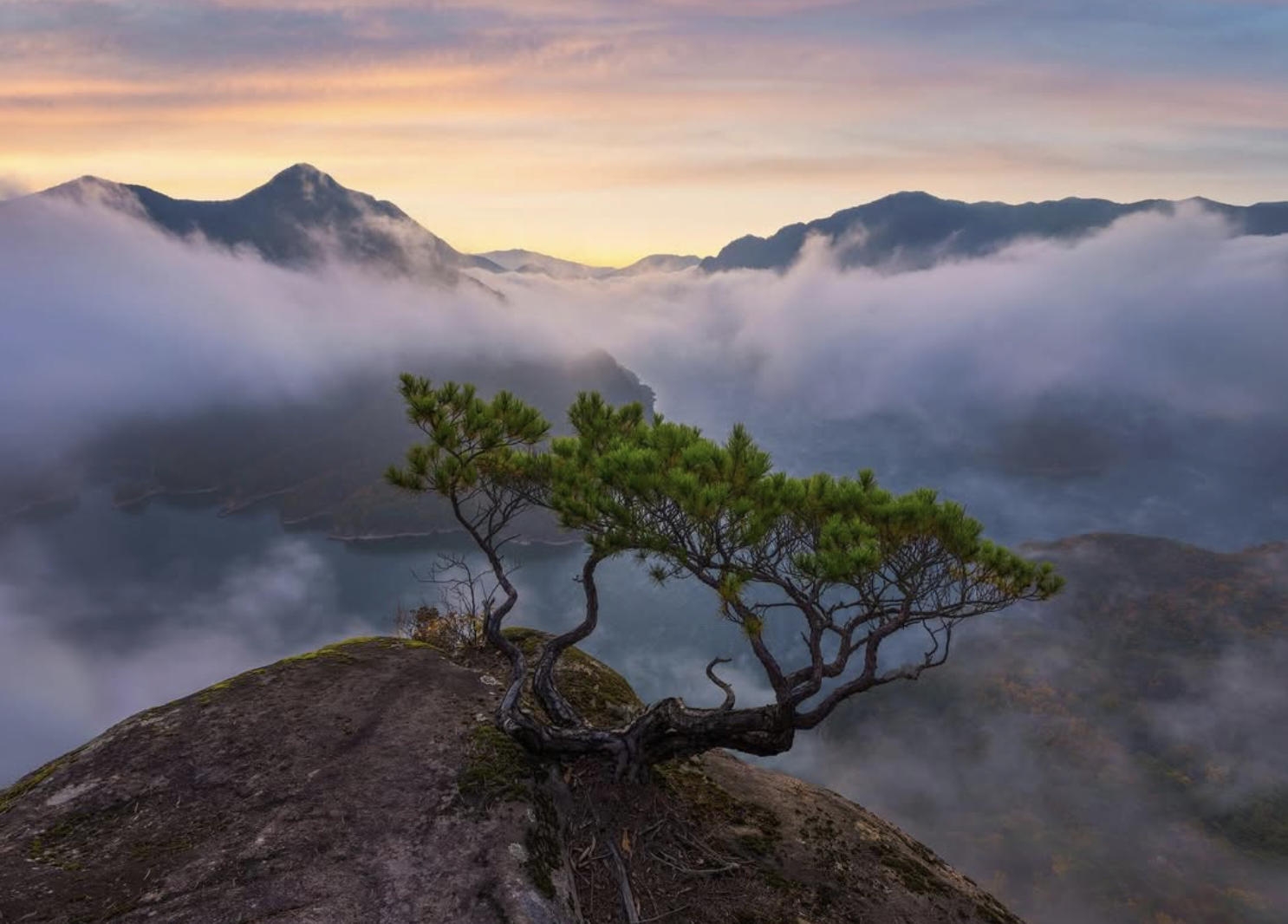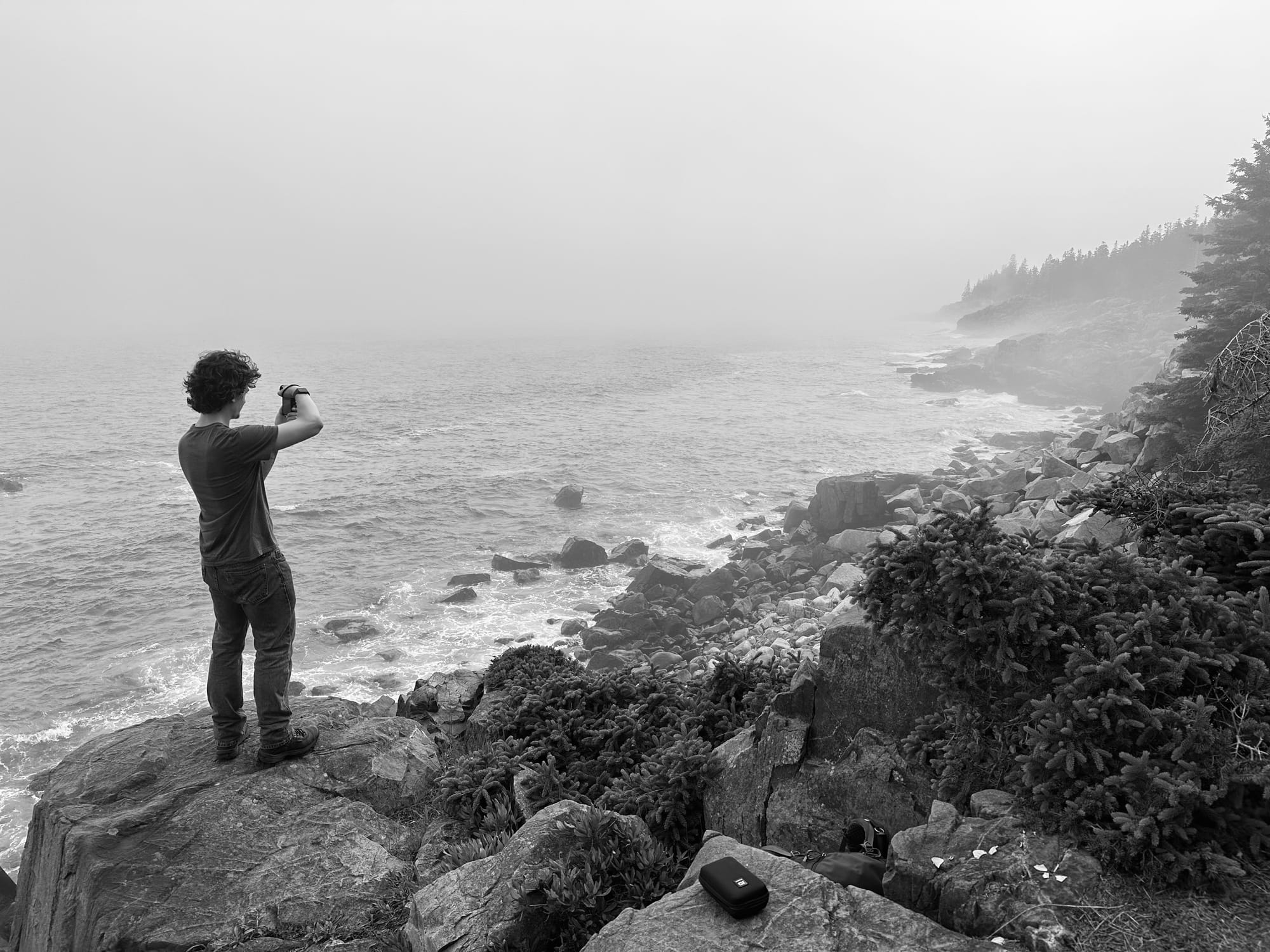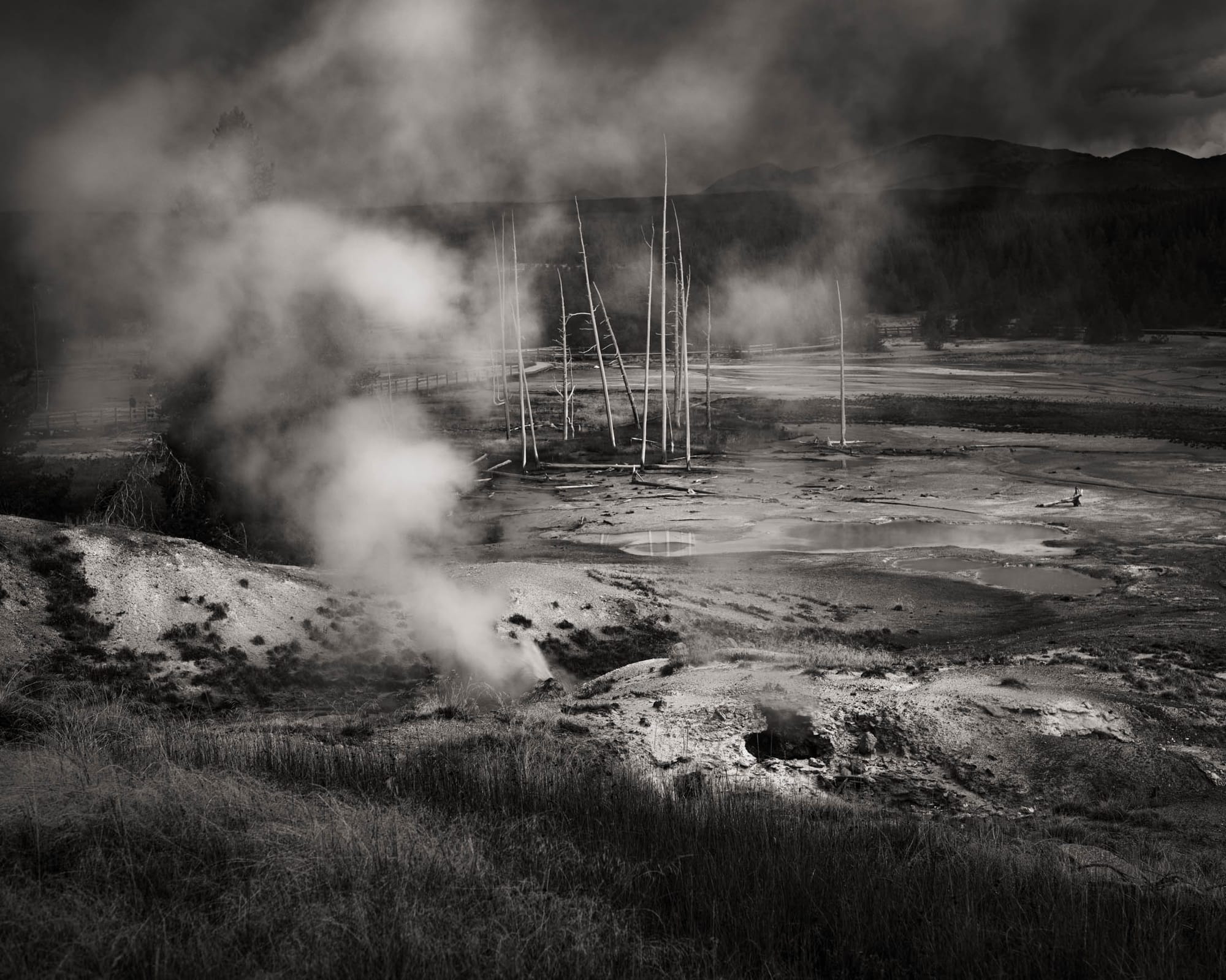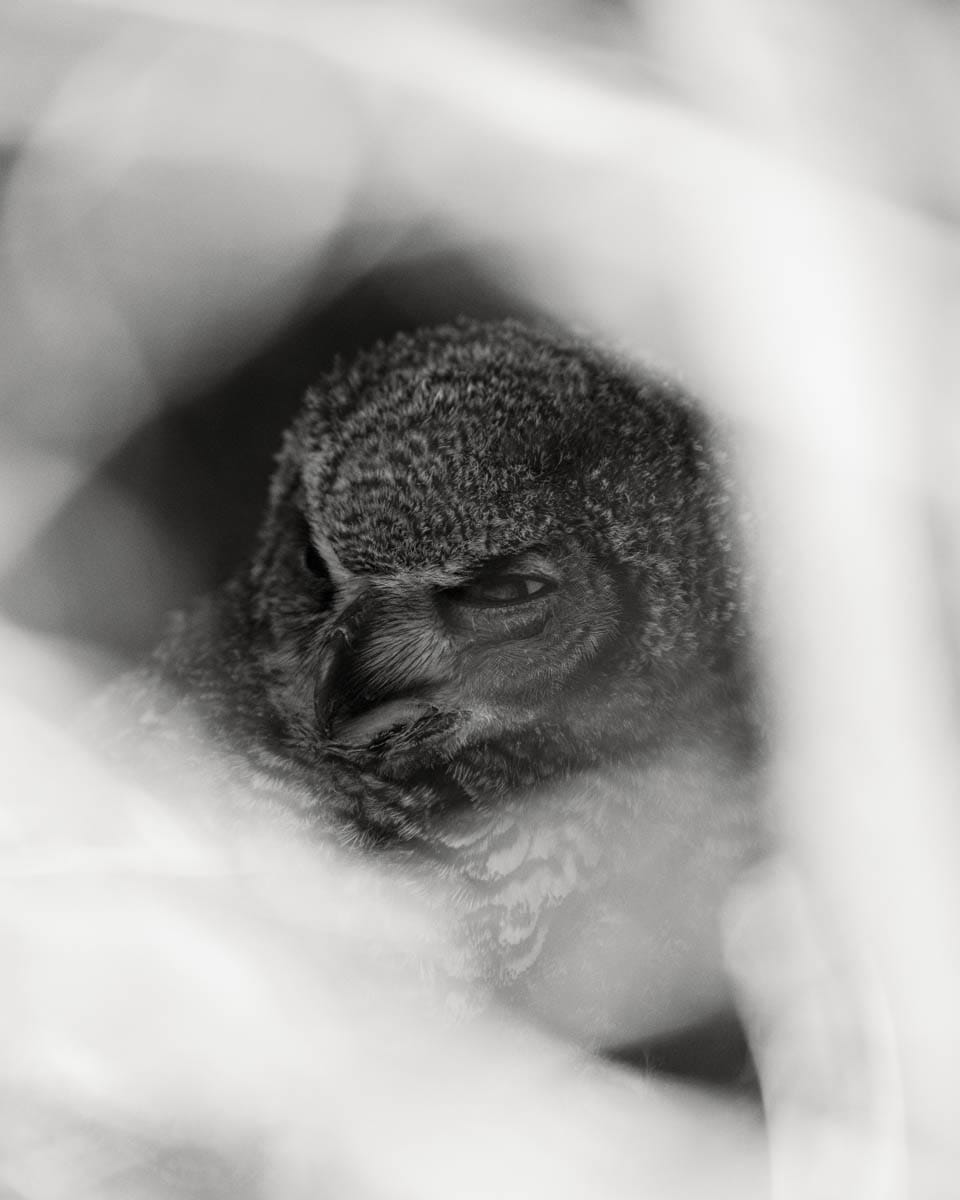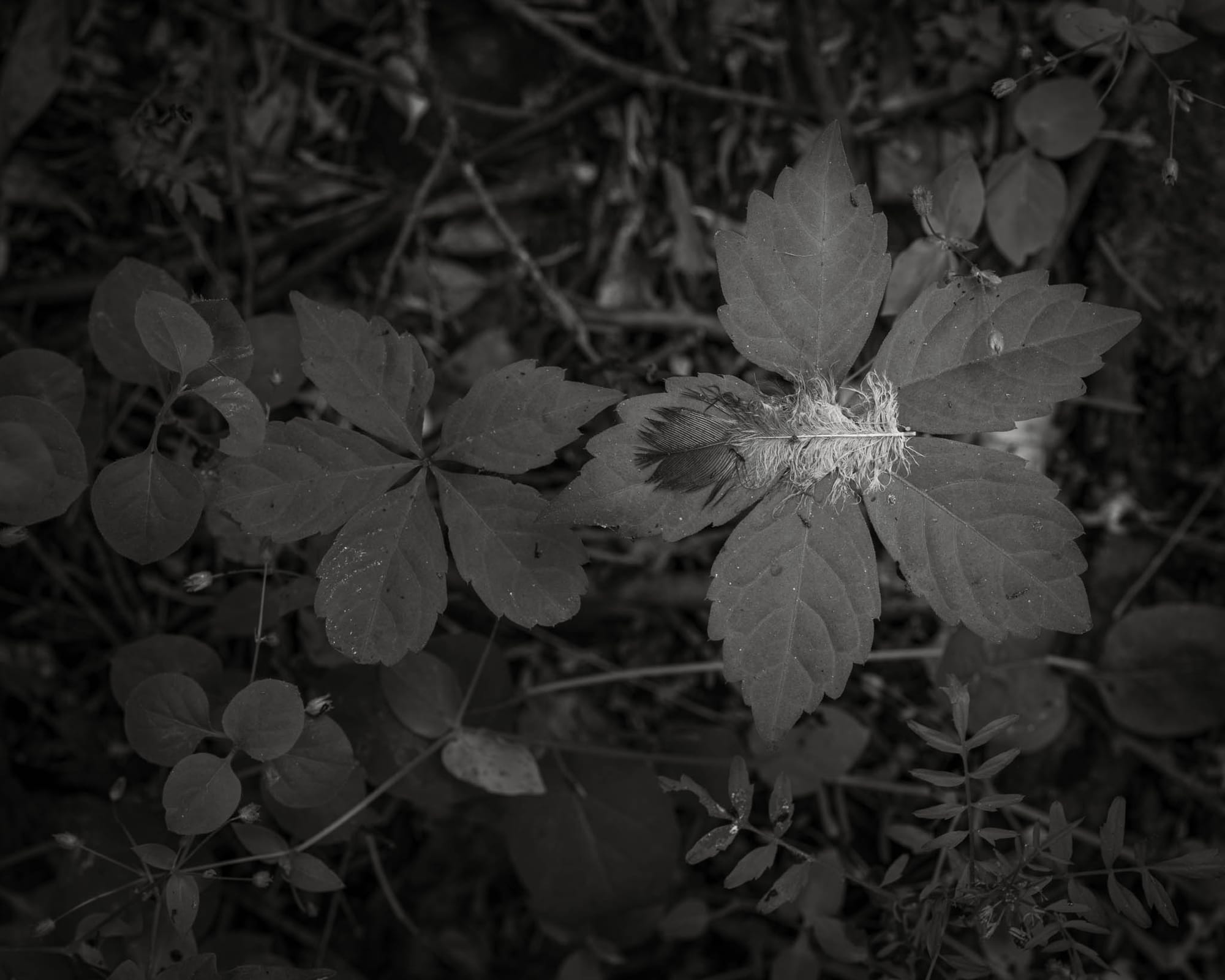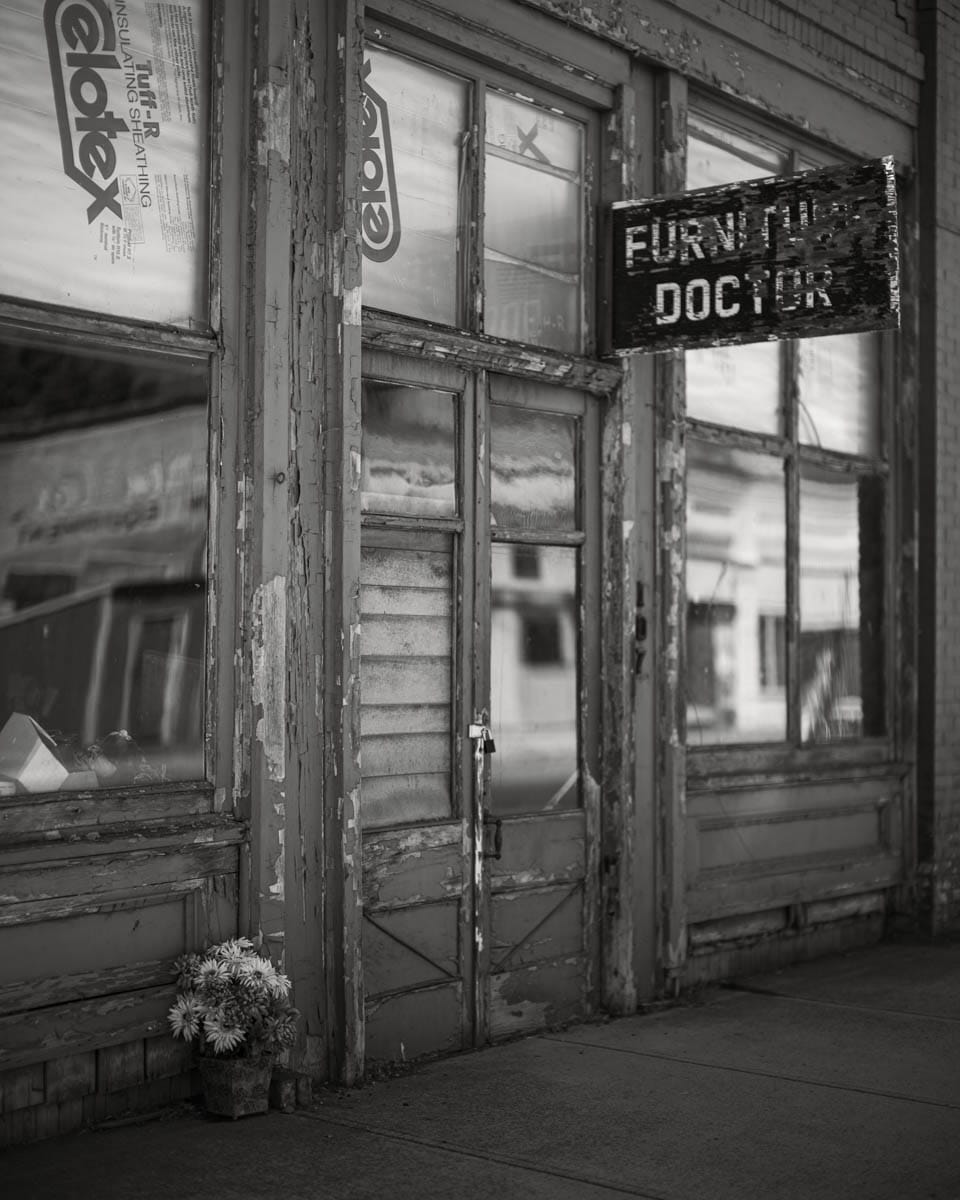Obsession and Lonely Trees
Photographer Cody Schultz battles gear anxiety, torn between digital and film for his Japan trip. Inspired by others' work, he questions his choices, highlighting that the essence of photography is in the process and the final image, not the gear. A reminder to focus on creating meaningful art.
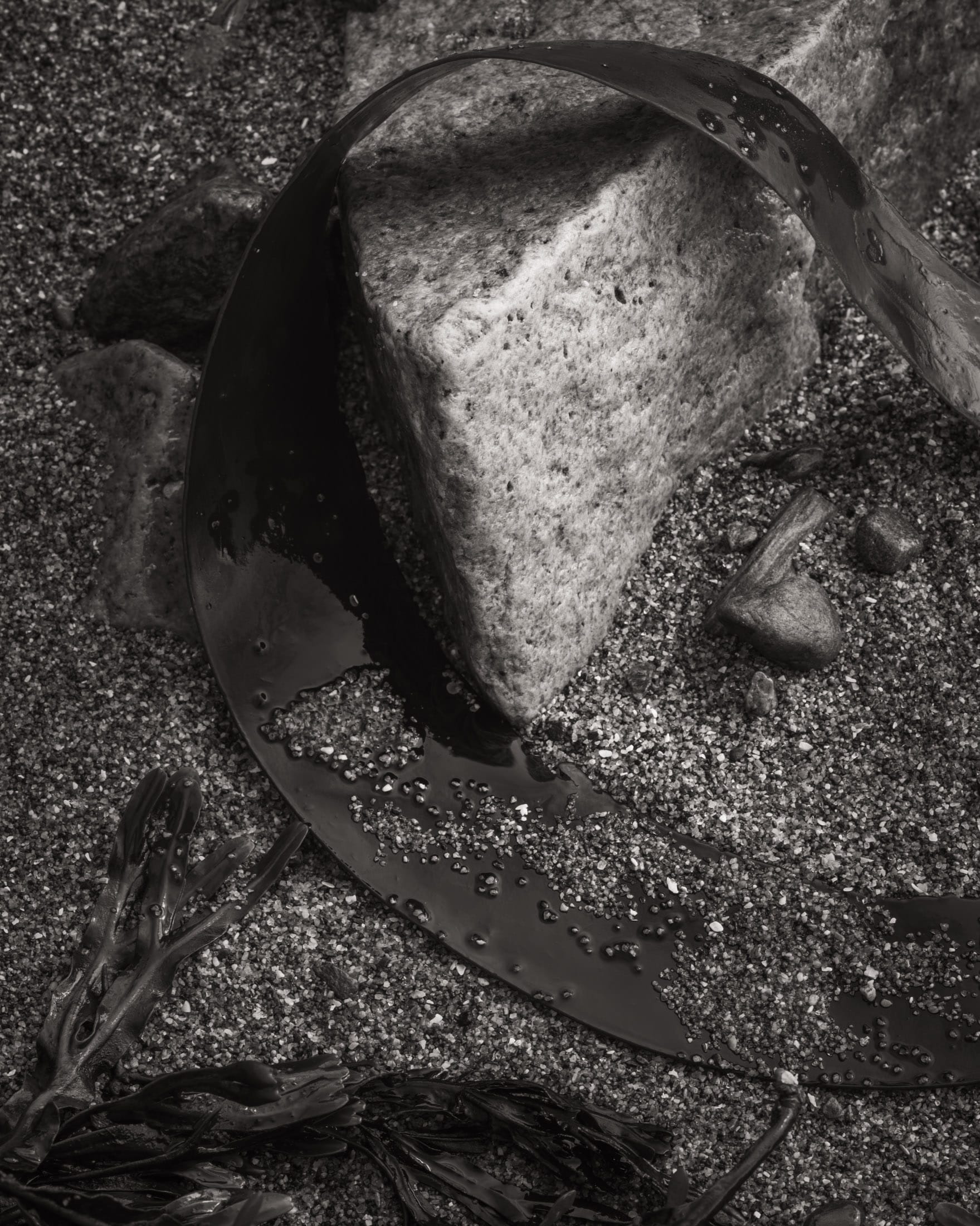
When Obsession Leads to Anxiety
Ramblings on Gear
The past month was full of twists and turns within my mind. What camera should I be using? Do I have the right lenses for what I hope to accomplish? Maybe my photographs would be better if I was using X or Y process instead. These thoughts flooded my brain, took over my daily life. They worsened my anxiety and made me question myself each and every time I even thought about taking my camera into the woods. But why? Why would I allow my mind to torment me in such a manner, especially when I’ve been content with my setup as of late?
A lot of my questioning was sparked by two rather recent events. For one, I booked a trip to Japan to immerse myself in the culture and photograph the snowy woodlands over a two-week period. On top of this, I came across the profound work of Bryan Schutmaat, who has been a primary influence for a project I have in mind for this year. While the latter has pulled me back toward my large format photography roots, the former has me questioning whether it is even feasible to bring such a kit on an international trip. After all, I switched to the GFX system precisely due to the anxiety film had caused me. Why would I want to go back, especially during a once-in-a-lifetime trip?
All of this to say, I am at a crossroads, yet again, with no clear direction. There is nobody here who can tell me which path to walk, for there is no right or wrong answer. This is both the freedom, and the anxiety, that comes with being an artist, of any kind.
Hanging on my livingroom wall is a 16x20” print, framed in a cheap “walnut” frame from a boxstore. The photograph is from my trip to Yellowstone this past Autumn. A black and white scene depicting steam from a thermal vent in the foreground, two tourists obscured on the boardwalk to the left, a cluster of barren trees in the midground, and an ominous sky and mountain range in the background. With little doubt, this among my top two favorite photographs from that trip. But as of late, I have been questioning whether I would like the photograph more if it had been taken with my 4x5 large format camera.
This questioning mostly has to do with the amount of detail in the composition. With my digital setup, I have roughly 45 megapixels to work with, after cropping to my preferred 4:5 aspect ratio. Meanwhile, a drumscan of a 4x5” sheet of film provides roughly 320 megapixels. Had I taken this photograph on film, it wouldn’t be unrealistic to see detail in the faces of these tourists, supposing the exposure was correct and their movement was not too quick.
Past detail, where large format has an obvious advantage, would the photograph be much different? Would an average viewer even notice? Likely not, which makes this argument within my head all the worse. Still, I couldn’t help but think about this each time I looked over at the photograph. As I thought of Japan, and what I hope to achieve with my photography moving forward, I wondered whether going back to film was the answer.
Though I should know better by now, I began looking at what various photographers in Japan were creating. Sho Hoshino, Misaki Nagao, Yokota Shinji, Mark Davis — they all work in the same general area, right where I planned to be during my stay. On top of that, Eric Bennett made a trip to the area in early January; seeing what he was photographing, I questioned whether I should bother going at all. What would I come away with that these guys haven’t done better?
This jealousy further fueled my anxiety and brought on deeper questioning. If I bring my film kit to Japan, at least I’ll be somewhat unique, compared to most others using digital. But what if I miss out on a photograph because of the limitations of film? What if I mess up my exposure, my development, my scanning, and I ruin my film from the trip? Ah, then there’s the x-ray machines and their ability to instantly destroy film. Should I bring my developing equipment and buy the chemicals there so I can ensure I got the photograph I wanted? At least then, if I messed something up, I could go back and try again.
As these questions continued to stack upon themselves, and my anxiety continued to grow. I became debilitated, unable to think for myself. I scoured the portfolios of those listed above, attempting to justify my logic, trying to find an answer to an impossible question. Every one of these photographers seemed to be using the GFX system — which I have — but many of them were using the 100 megapixel versions. Should I upgrade? Would that solve my detail-obsessed problems? Or would it, instead, lead to a different anxiety, one of financial status?
I attempted to quell these worries by talking to my therapist and various friends, hoping someone would have an answer for me that my mind would accept. All I achieved from that was more questions, being provided a mixed bag of responses. Some said to bring the digital kit, as it’s easy to travel with and I wouldn’t have to worry about missing a photograph with it. Others said the film kit was more genuine, more unique, but that if I brought it, I should develop the film in the hotel to mitigate risks.
Even now, as I write this piece, I don’t have a clear answer as to what will happen. My trip is just over two weeks away. There are still items that need to be ordered, regardless which camera system I bring along. At some point, I need to make a choice and stick with it. Regardless what I choose, there will be risks and at times I will wish I had brought the other system instead. But isn’t that life?
I suppose what I’m attempting to say here is that the gear we use doesn’t matter so much as the enjoyment of the process and the end result. Those last two points — the process and the end result — should be split into two very separate terms, however. While some may prioritze the former, many will make a bigger deal of the latter. That is up to you. Again, there is no wrong answer.
For me, if I do not enjoy the process of using a camera, I simply won’t use it. This is precisely why I have struggled so hard over the years in my many attempts to switch from film to digital. Up until the GFX system, I have not found a digital kit that could get even close to the process of large format film. Even now, my setup is not quite right, and I know others who have felt the same.
That said, I do believe my focus should shift more toward a prioritization of the end result, as, at the end of the day, that is what matters most. If my using film means I may not have a photograph worthy of sharing from a wonderful trip, does that not soil my enjoyment of the trip, at least in hindsight? And given my predisposition to overthinking, will my anxiety not ruin my enjoyment of the moment, as I question whether the film I just exposed will turn out alright?
No matter how you spin it, there is no right or wrong answer about what gear you should be using. The best answer, as we all should be aware of by now, is to use the gear you have on-hand — and are most comfortable using. The general public won’t be scrutinizing the lack of detail in your photographs as they scroll by them online; they won’t be staring at a print of yours on a gallery wall from two inches away, wondering why they can’t distinguish the blades of grass in the background from one another. At the end of the day, the creation of meaningful artwork is all that matters, regardless how it is created.
So go, take whatever camera is closest to you and get outside. Get to work creating beautiful photographs of meaningful moments. Screw your anxiety and all the questions that flood your mind. Gear only makes so much of a difference. It’s you — the individual, the brilliant mind behind the camera — that matters the most.
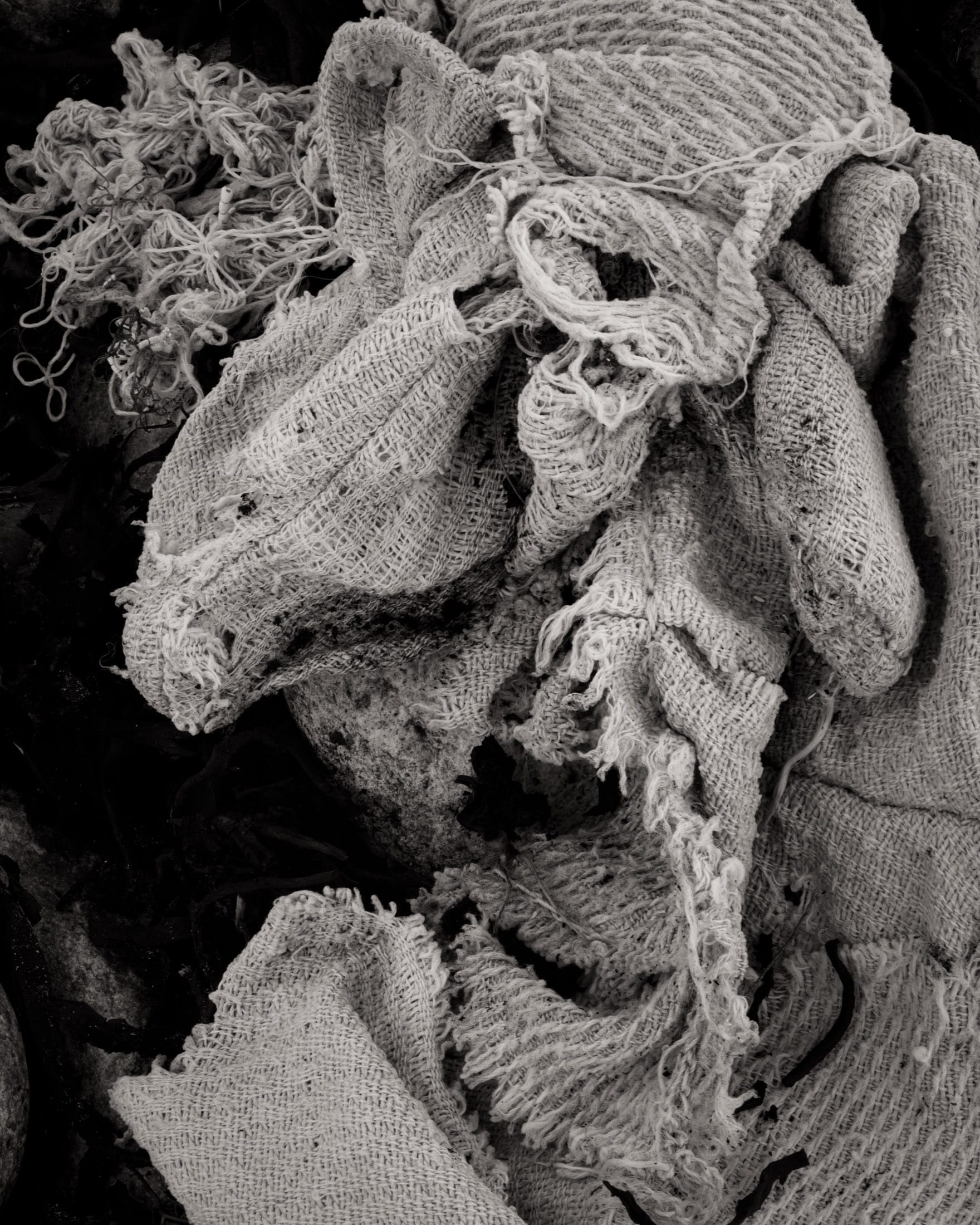
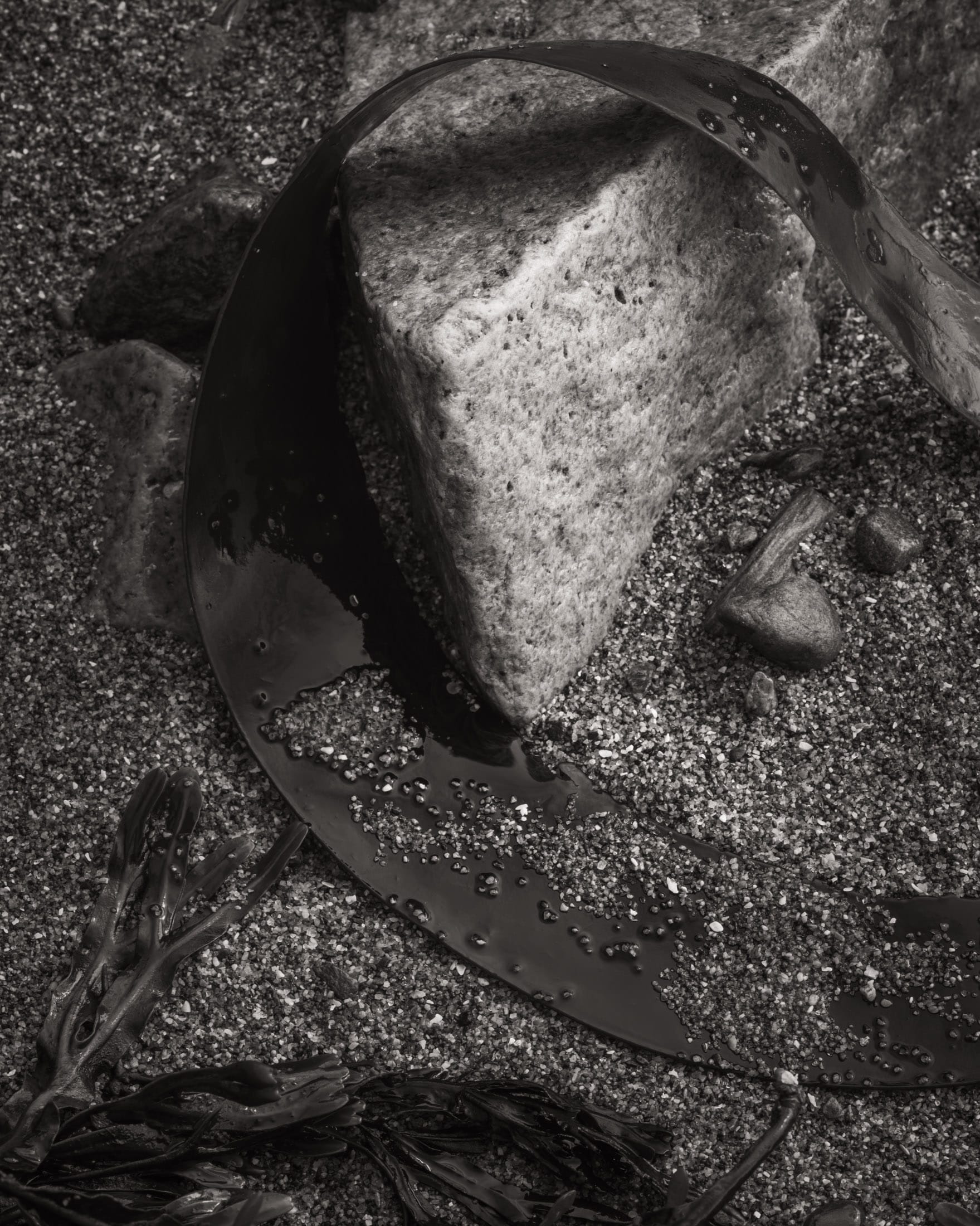
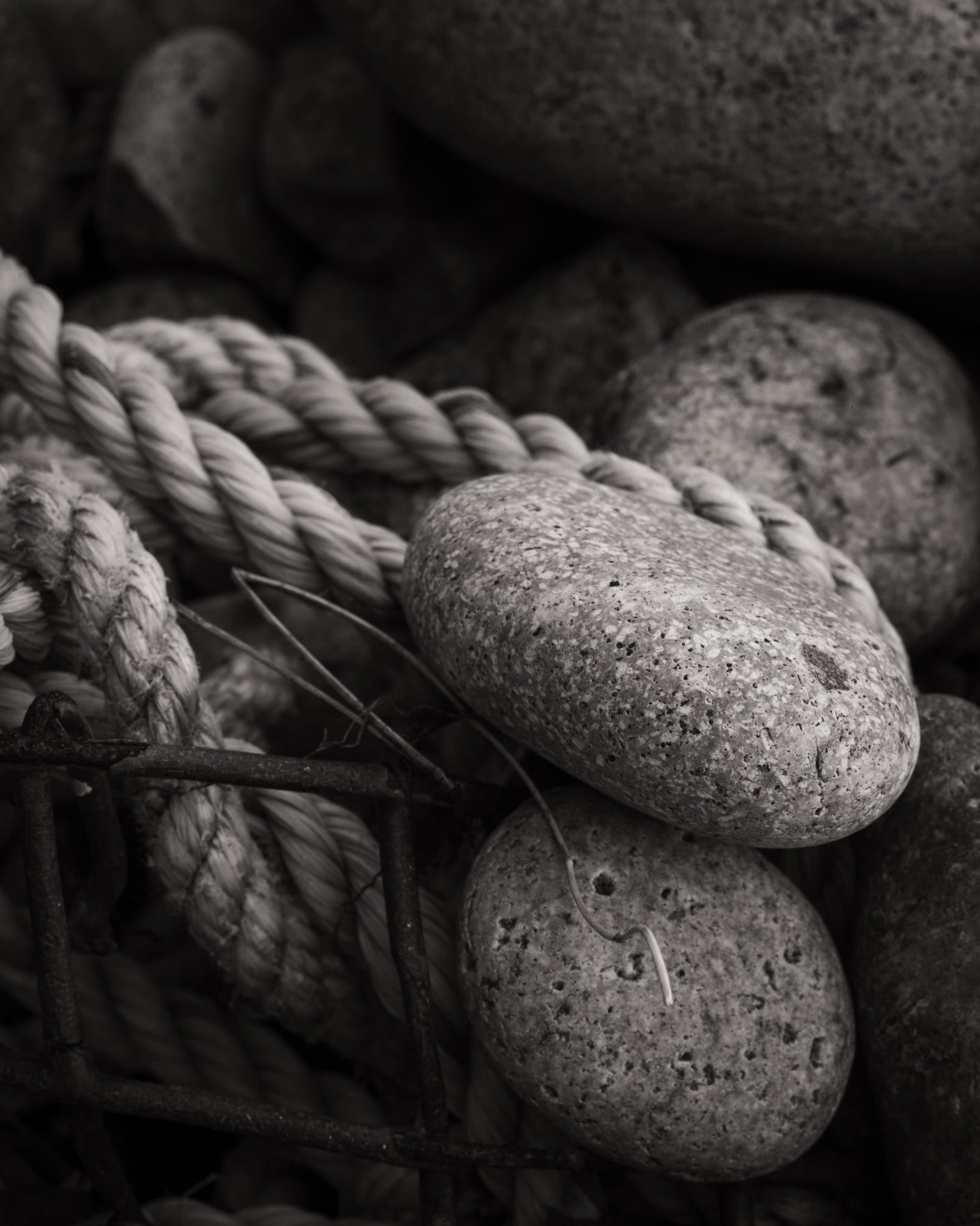
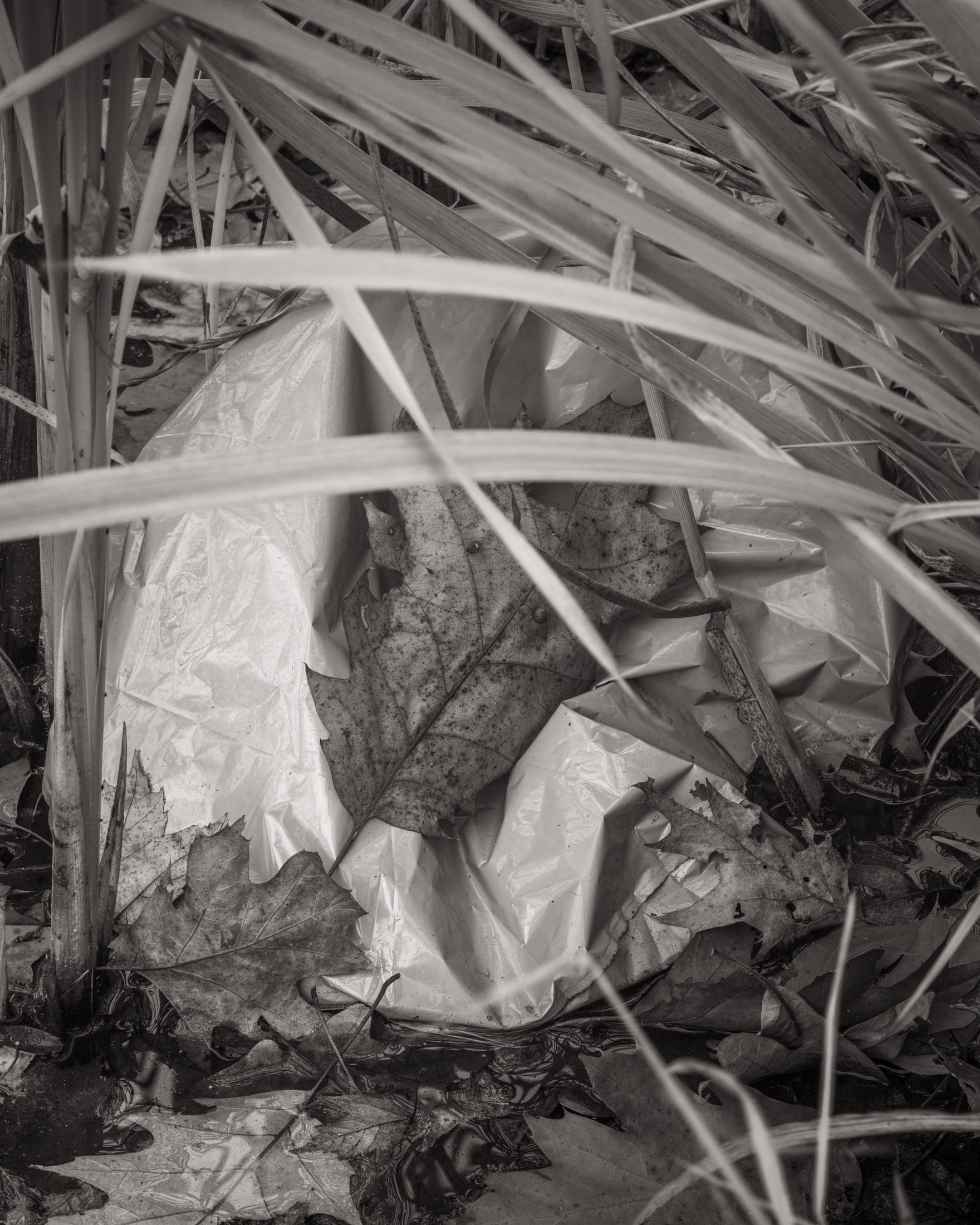
Featured Photographer
I don't often miss being on social media. For me, the platforms hurt my wellbeing more than they helped my photographic careeer. Every so often, however, I find myself missing the ease at which you can connect with others across the world. The ability to stumble across another artist's beautiful work has not yet been replicated by any other platform, lest you count forums such as Nature Photographers Network or groups such as Landscape Photographers Worldwide. Perhaps it is because of this difficulty that finding a photographer who inspires you becomes that much more joyous of a moment.
When I came across the work of Nathaniel Merz, I quickly paused what I was doing and began admiring what work of his I could see. First and foremost, it isn't often that you see photography from South Korea -- this alone increased my interest in his photographs. Then there's the stereotypical fascination many landscape photographers share: lone trees. Pair these lonely pine trees with fascinating conditions, strong colors, and superb light, and you walk away with quite a special portfolio.
What I appreciate most about Nathaniel's work is that, despite photographing the same type of subject many times over, each of his photographs feels unique. There isn't much in the way of boring repition like you would think could happen. The way he curates his gallery allows each lone tree to shine, to reveal to the viewer what is most interesting about it. Each photograph deserves to be in Nathaniel's gallery, with very few feeling like they shouldn't have made the cut.
You can see more of Nathaniel's work by following him on Instagram. Unfortunately, it doesn't appear he is photographing much these days, with both his website down and his latest post to Instagram being on November 10, 2024. Hopefully he'll get back into the swing of things soon.
